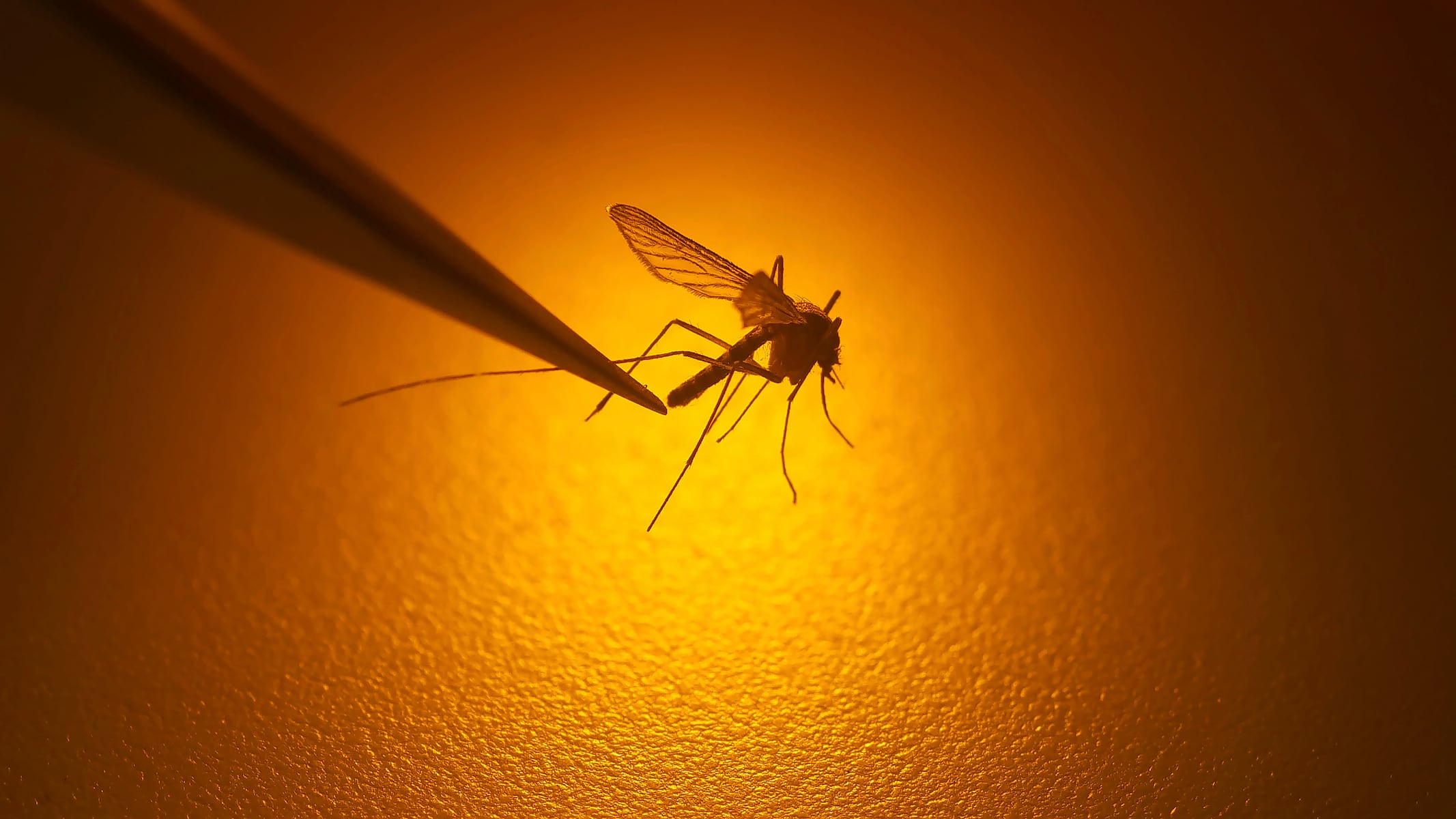A significant public health concern has emerged in Massachusetts with the confirmation of Eastern Equine Encephalitis (EEE) in a mosquito sample collected south of Boston, prompting urgent advisories for residents across the region. This potent mosquito-borne illness, known for its severe neurological impact, underscores the critical need for heightened awareness and diligent preventative measures against mosquito bites, especially during peak activity periods.
The presence of the EEE virus was specifically identified in a mosquito collected within the town of Bridgewater, as confirmed by Town Manager Justin Casanova-Davis. This detection marks a crucial development, indicating active virus transmission within the local insect population and raising the risk for human exposure in surrounding areas.
Officials from the Massachusetts Department of Public Health (DPH) promptly notified Bridgewater town authorities about the positive finding. The mosquito sample in question had been collected on July 22, highlighting the swift response and diligent surveillance efforts undertaken by state health agencies to monitor and contain the spread of such dangerous pathogens.
Eastern Equine Encephalitis is a rare but extremely serious viral disease transmitted through the bite of an infected mosquito. Symptoms can range from fever, headache, and vomiting to more severe manifestations like seizures, encephalitis (brain inflammation), and even death, emphasizing the grave nature of this public health alert.
To mitigate the risk of infection, public health experts strongly advise individuals to adopt proactive disease prevention strategies. One fundamental recommendation is to wear long-sleeved shirts and long pants when outdoors, particularly from dusk to dawn when mosquitoes are most active, to minimize exposed skin and prevent mosquito bites effectively.
Another vital measure for Massachusetts safety involves eliminating potential mosquito breeding grounds around homes and properties. This includes regularly emptying or removing containers that hold standing water, such as buckets, old tires, bird baths, and clogged gutters, thereby disrupting the mosquito life cycle at its source and reducing populations.
Furthermore, ensuring homes are properly sealed against mosquito entry is a simple yet effective precaution. Residents should repair or install screens on windows and doors to keep these vectors out of living spaces, providing an additional layer of protection against the Eastern Equine Encephalitis threat indoors.
The Bridgewater update serves as a stark reminder of the ongoing vigilance required to protect communities from mosquito-borne illness. By understanding the risks, adhering to DPH guidelines, and implementing these preventative actions, residents can significantly reduce their susceptibility to EEE and contribute to broader public health safety efforts across the Commonwealth.






Leave a Reply